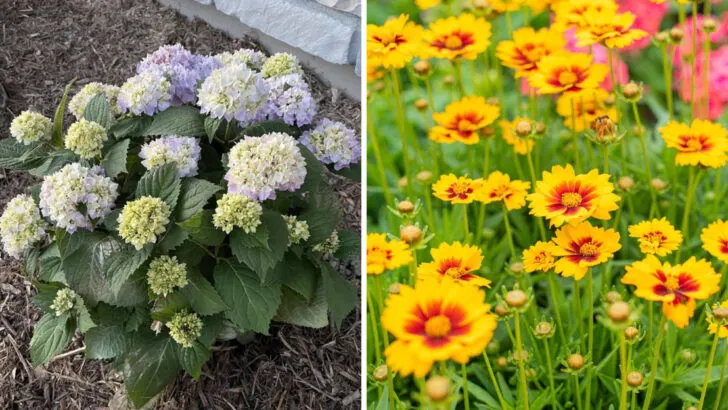Some plants just don’t want to stick around, no matter how much you water or care for them. You buy them with high hopes, and a few weeks later—dead again. It’s frustrating, especially when you’re trying to make your yard look nice. The truth is, some popular outdoor plants are much harder to keep alive than others. But the good news? There are tough, reliable plants out there that can handle heat, cold, and forgetful watering without falling apart.
Gardenia
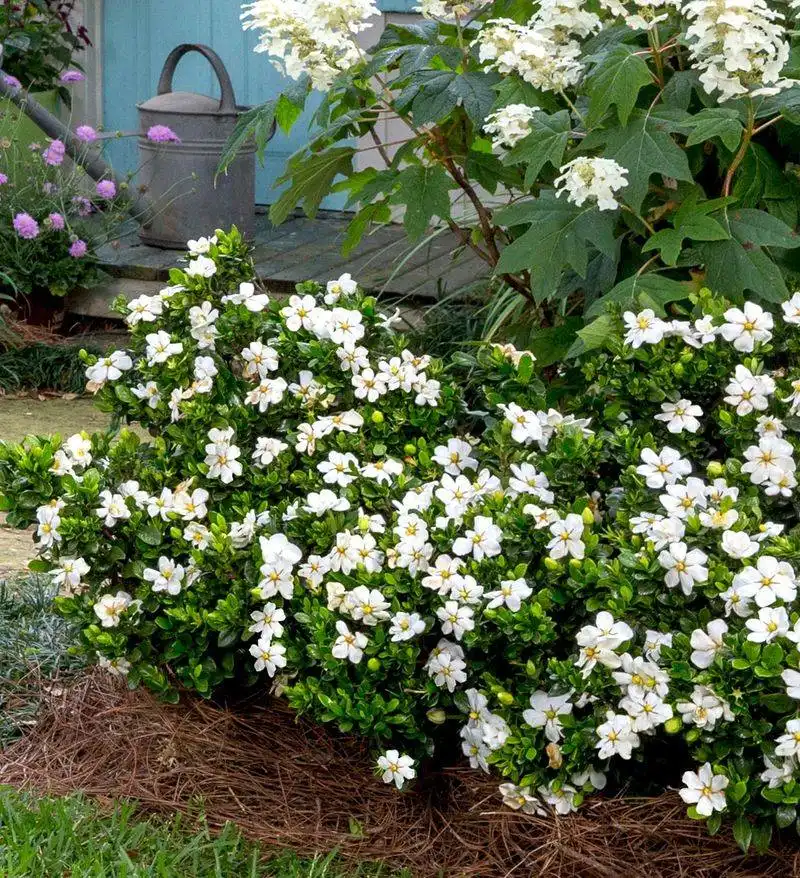
Gardenias are famously finicky, demanding specific pH levels, proper watering, and the right temperature to thrive. Their glossy leaves and fragrant flowers are a sight to behold, but even slight neglect can cause stress, leading to leaf drop. These beauties often leave gardeners puzzled as they work tirelessly to meet their needs. A gardenia’s allure lies in its potential to transform a garden with its scent and beauty, but achieving this requires dedication. With careful monitoring and attention to its needs, a blooming gardenia can be a gardener’s pride.
Fuchsia
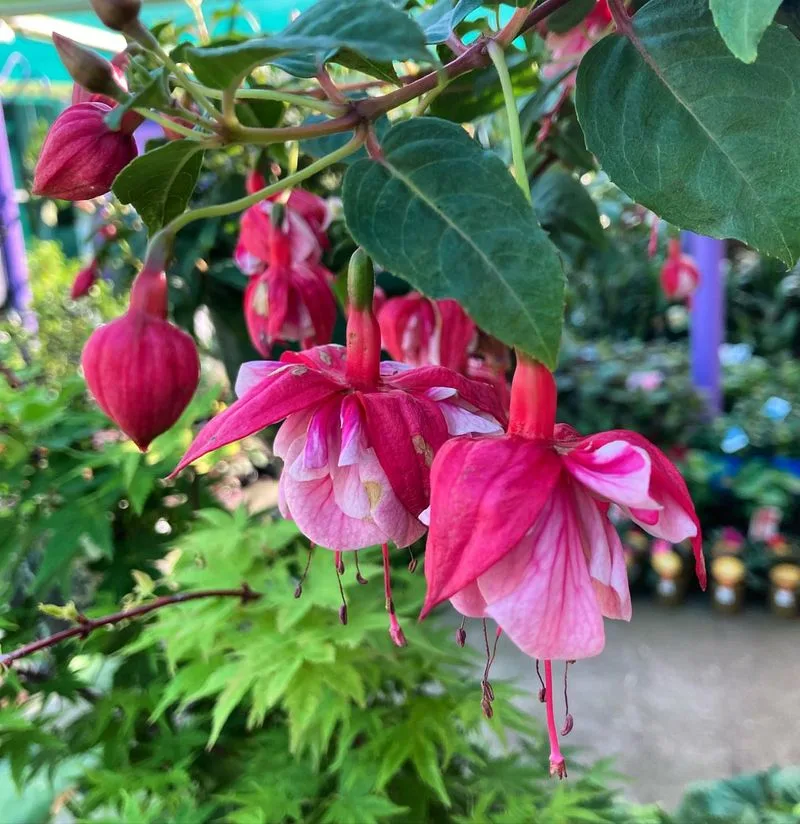
Fuchsias, with their delicate, pendulous blooms, are a joy to behold but can be notoriously difficult to maintain. These plants detest heat and dry air, thriving instead in cool climates with frequent watering. Their need for consistent moisture often baffles gardeners in warmer regions. Despite their challenges, fuchsias are worth the effort, offering vibrant colors that can transform shaded areas. The key is to keep them cool and hydrated, a task that requires commitment but rewards with an awe-inspiring display that captivates any passerby with its beauty.
Hydrangea
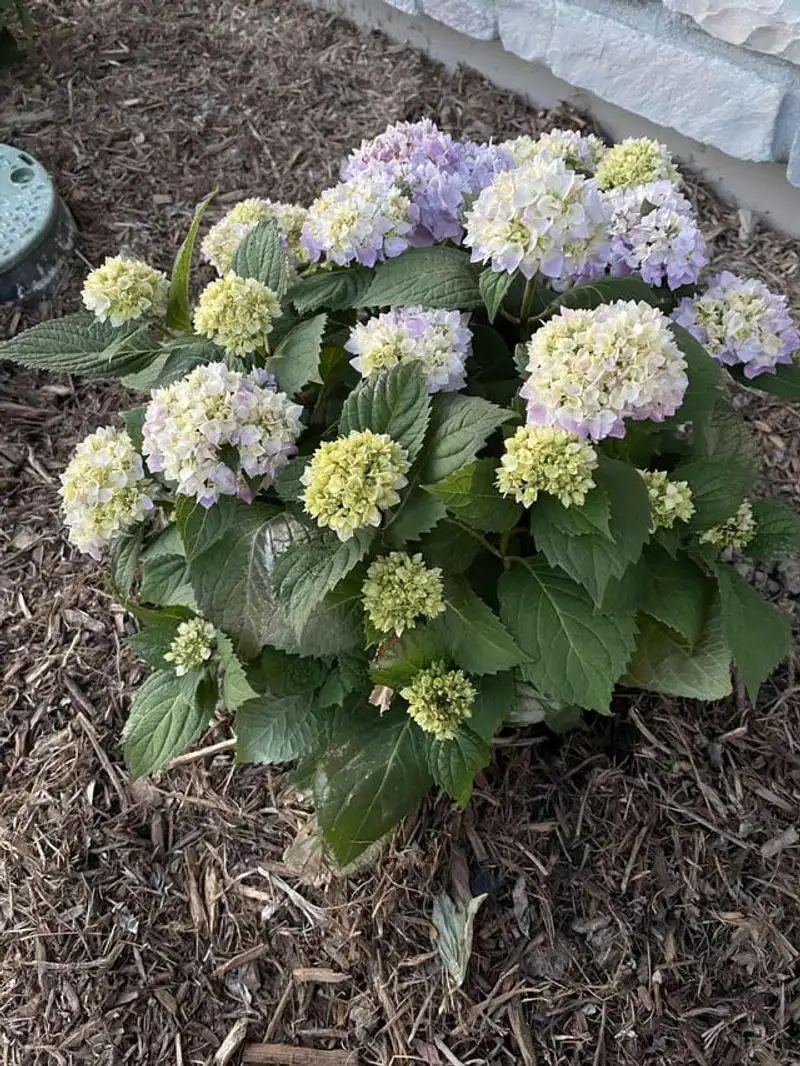
Hydrangeas, known for their lush blooms, often struggle in hot, dry conditions. These plants crave consistent moisture and thrive best in shaded areas. Without proper care, they quickly wilt and lose their vibrant colors. Many gardeners find themselves frustrated as the hydrangea’s delicate nature requires constant attention. From ensuring the right soil acidity to protecting them from harsh sunlight, maintaining hydrangeas can be a daunting task. Yet, their beauty makes every effort worthwhile, and the sight of a flourishing hydrangea can be a gardener’s reward for diligent care.
Lavender (in humid climates)
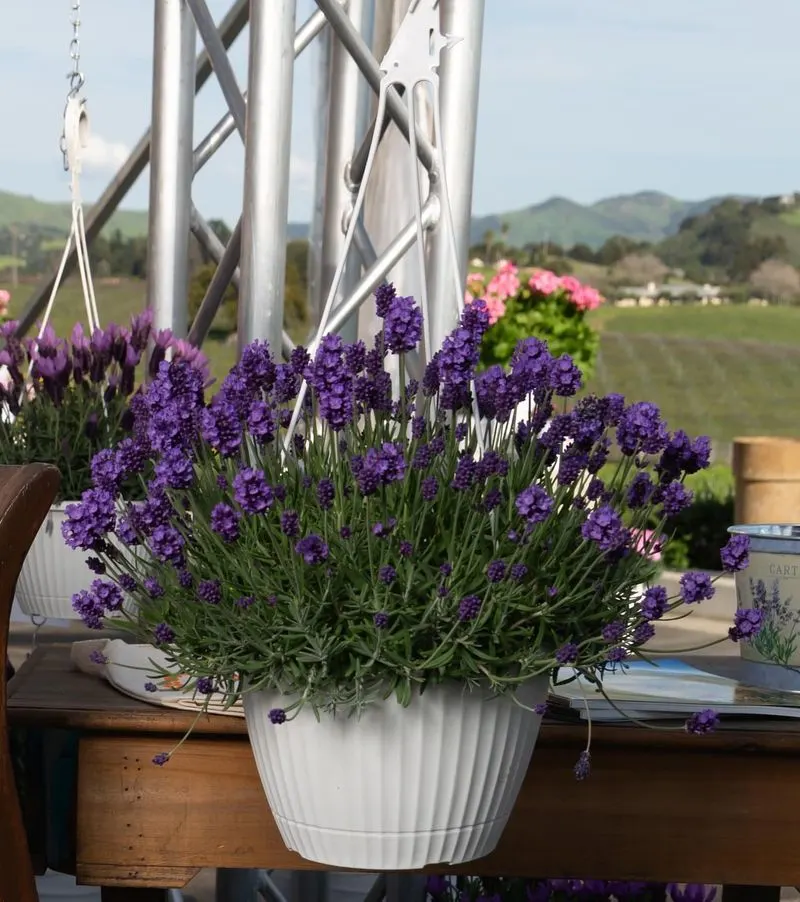
In humid conditions, lavender plants often fall victim to root rot, making them a challenging choice for gardeners in wet areas. Their preference for dry, well-drained soil can be hard to achieve in such climates. Despite being adored for their aromatic qualities, lavender struggles with poor drainage and high humidity. Gardeners must be vigilant, providing conditions that mimic its native Mediterranean habitat. This includes ample sunlight and sandy soil. While these conditions are demanding, the reward is a fragrant addition to any garden, attracting pollinators and adding a touch of charm.
Impatiens (standard varieties)
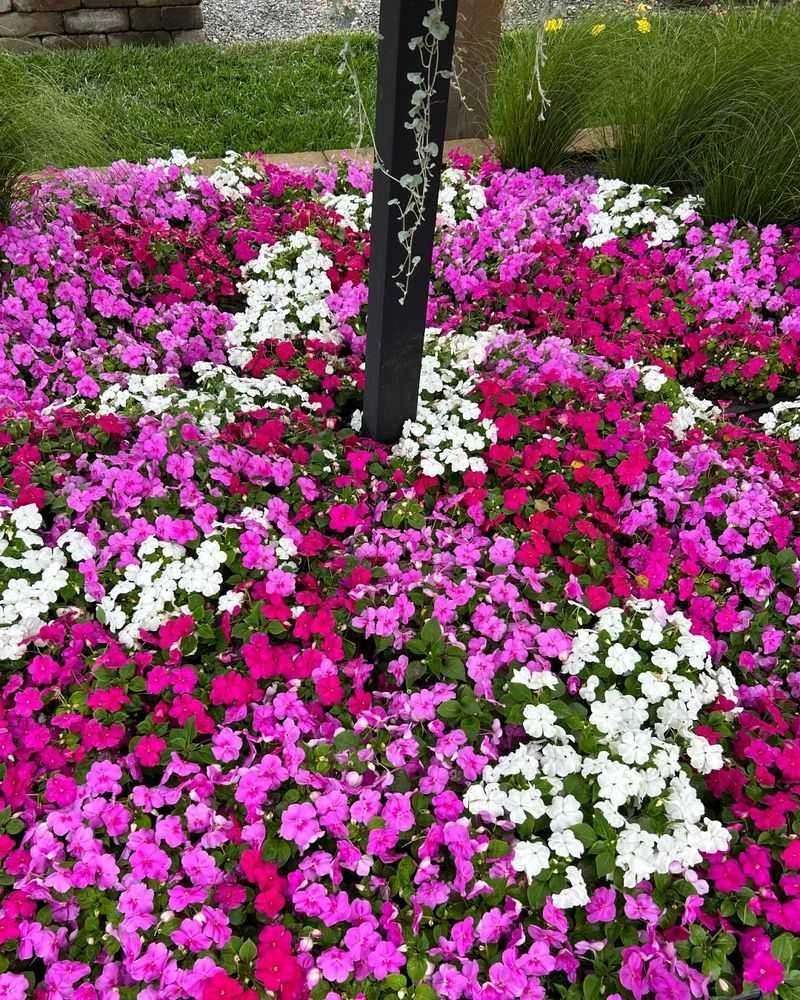
Standard impatiens, once a garden staple, now struggle with sun exposure and diseases like downy mildew. Their once-common presence has diminished as gardeners seek more resilient alternatives. Despite their susceptibility, impatiens continue to charm with their vibrant hues. They thrive in shaded, moist environments. Yet, these conditions can also harbor diseases, challenging even skilled gardeners. The allure of impatiens lies in their vivid colors that light up shady spots, but maintaining their health requires vigilance. With care, they remain a beloved, albeit challenging, choice for shaded gardens.
Petunias
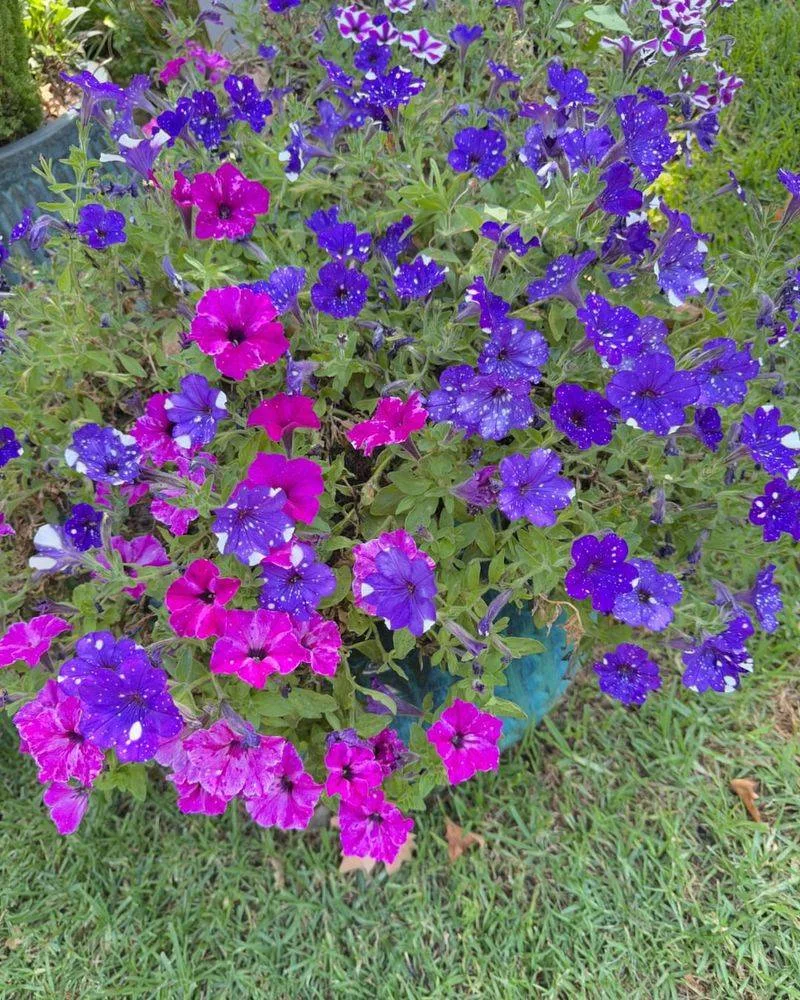
Petunias, with their cheerful trumpets, often struggle under the weight of heavy rain and intense heat. These conditions can lead to faded blooms and a lackluster appearance. To thrive, petunias need frequent deadheading and regular fertilization. Gardeners often find themselves in a cycle of care to maintain their vibrant display. Despite these challenges, petunias are a popular choice for their range of colors and ability to brighten any garden. Their resilience in less-than-ideal conditions showcases their tenacity, rewarding dedicated gardeners with a stunning floral display throughout the season.
Boston Fern
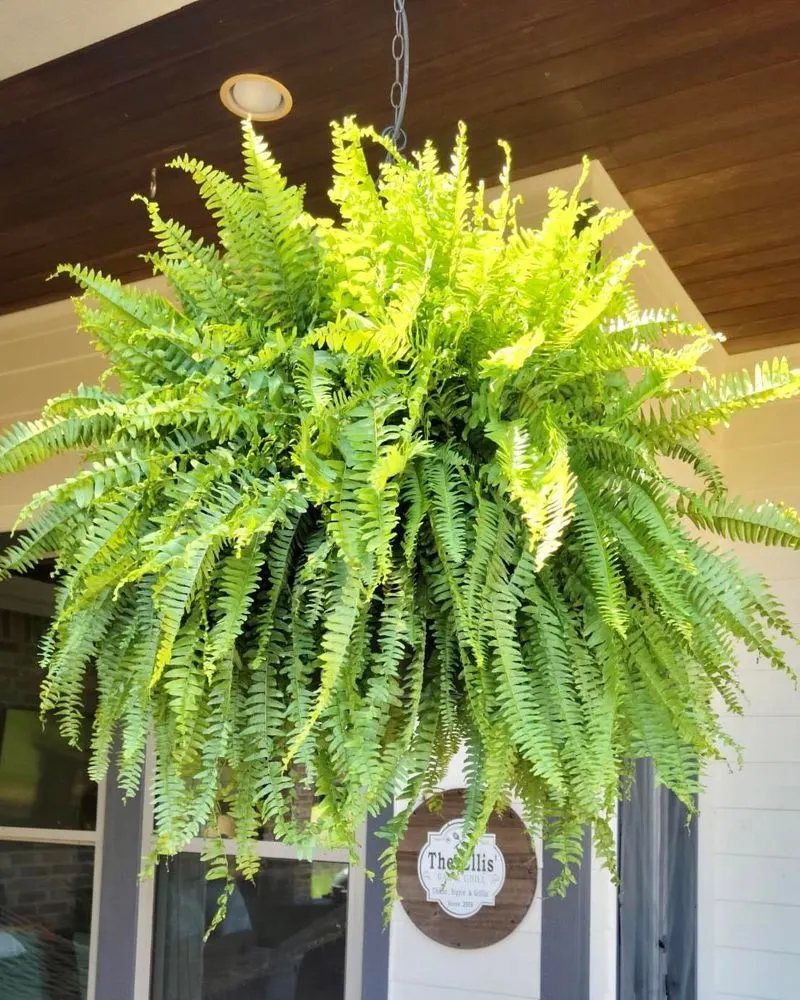
The Boston fern, with its lush, cascading fronds, is a favorite for adding greenery to outdoor spaces. However, it requires constant moisture and humidity, making it susceptible to drying out quickly in direct sun or wind. Gardeners often struggle to maintain the ideal conditions, leading to brown, crispy fronds. Despite these challenges, the Boston fern’s elegant appearance is worth the effort. By providing shaded, humid environments, gardeners can enjoy the fern’s beauty and texture. Its graceful presence is a testament to the gardener’s ability to nurture even the most demanding plants.
Sedum (Stonecrop)
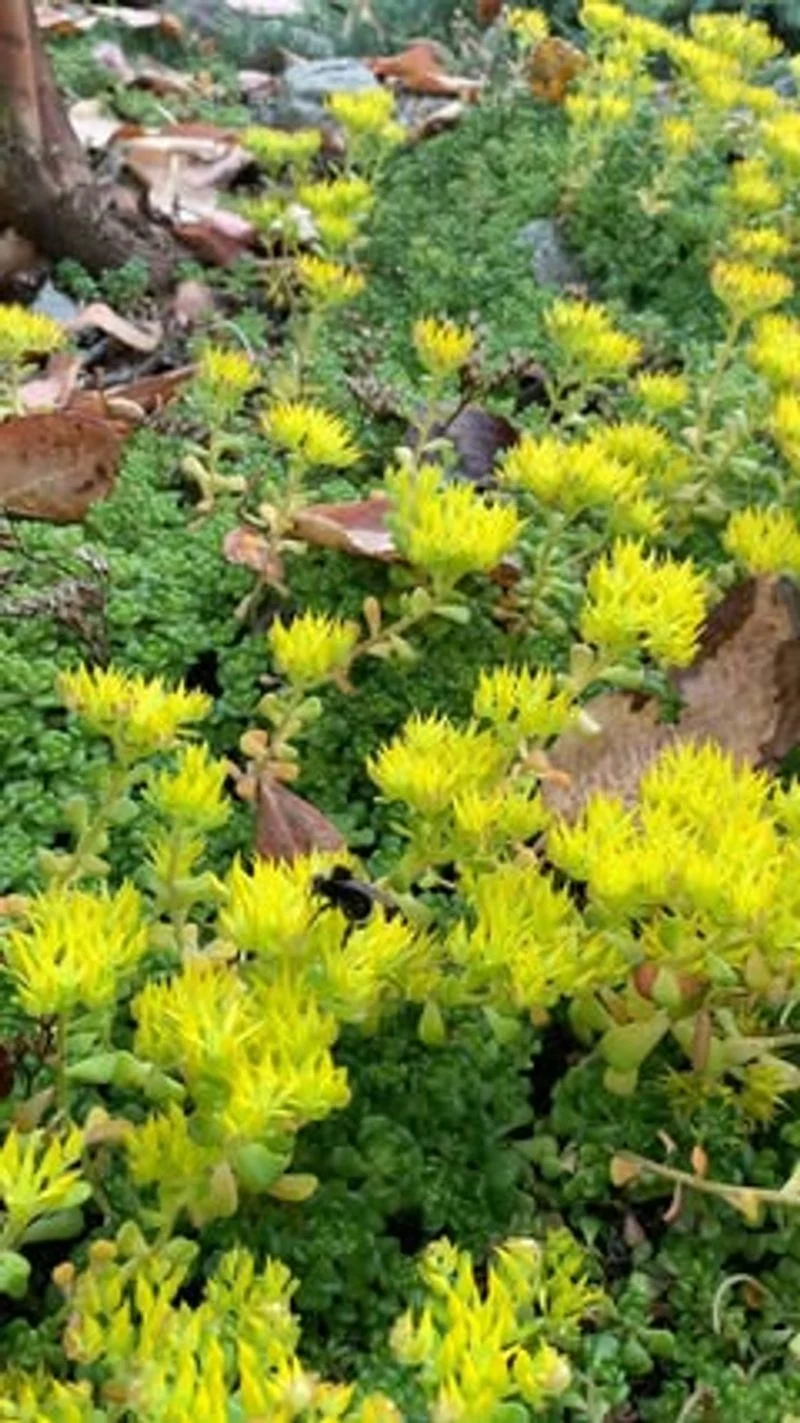
Sedum, commonly known as Stonecrop, is a drought-tolerant succulent that thrives in poor soil and full sun. Its fleshy leaves retain moisture, allowing it to withstand prolonged dry spells. Stonecrop is ideal for rock gardens and borders, offering a variety of colors and forms. Its star-shaped flowers attract pollinators, adding life to your garden. Once established, it requires minimal care, making it a favorite among gardeners seeking low-maintenance beauty. It’s perfect for those who want a splash of color without constant watering.
Coreopsis
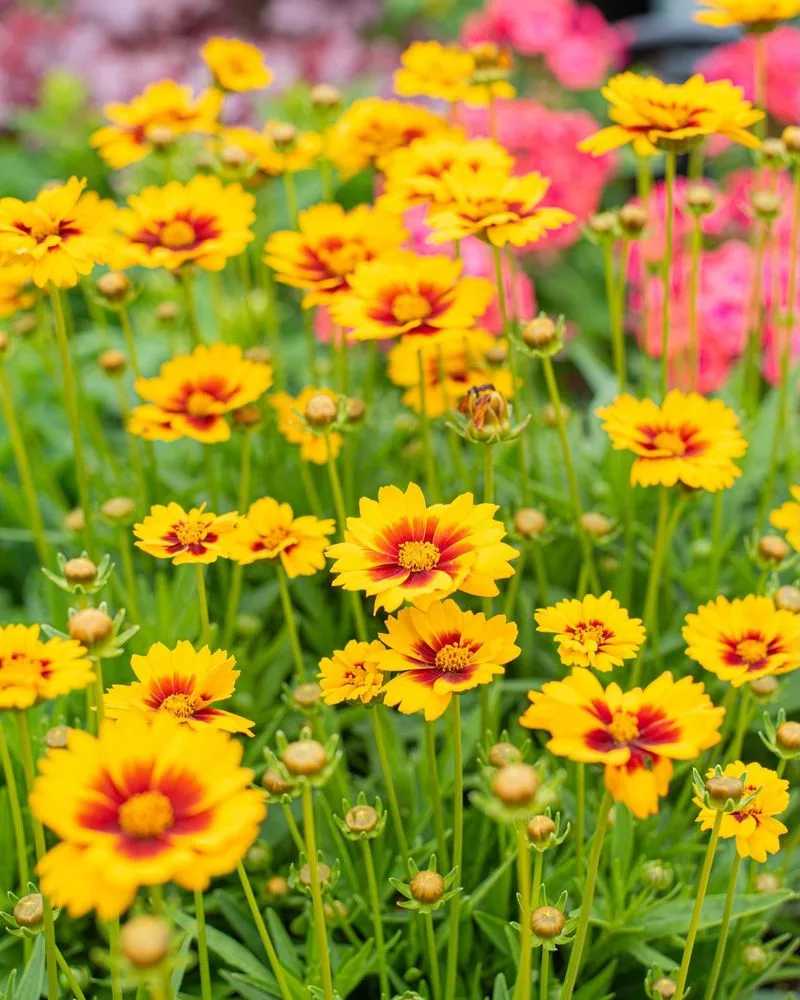
Coreopsis, with its sunny disposition, blooms for months and handles heat, drought, and poor soil with ease. These cheerful flowers brighten any garden, providing a long-lasting display of yellow, pink, or red blossoms. Coreopsis is a perennial favorite due to its ability to thrive in less-than-ideal conditions. It requires little maintenance and is perfect for cottage gardens or wildflower meadows. Its resilience and vibrant blooms make it an excellent choice for adding color to your outdoor space.
Coneflower (Echinacea)
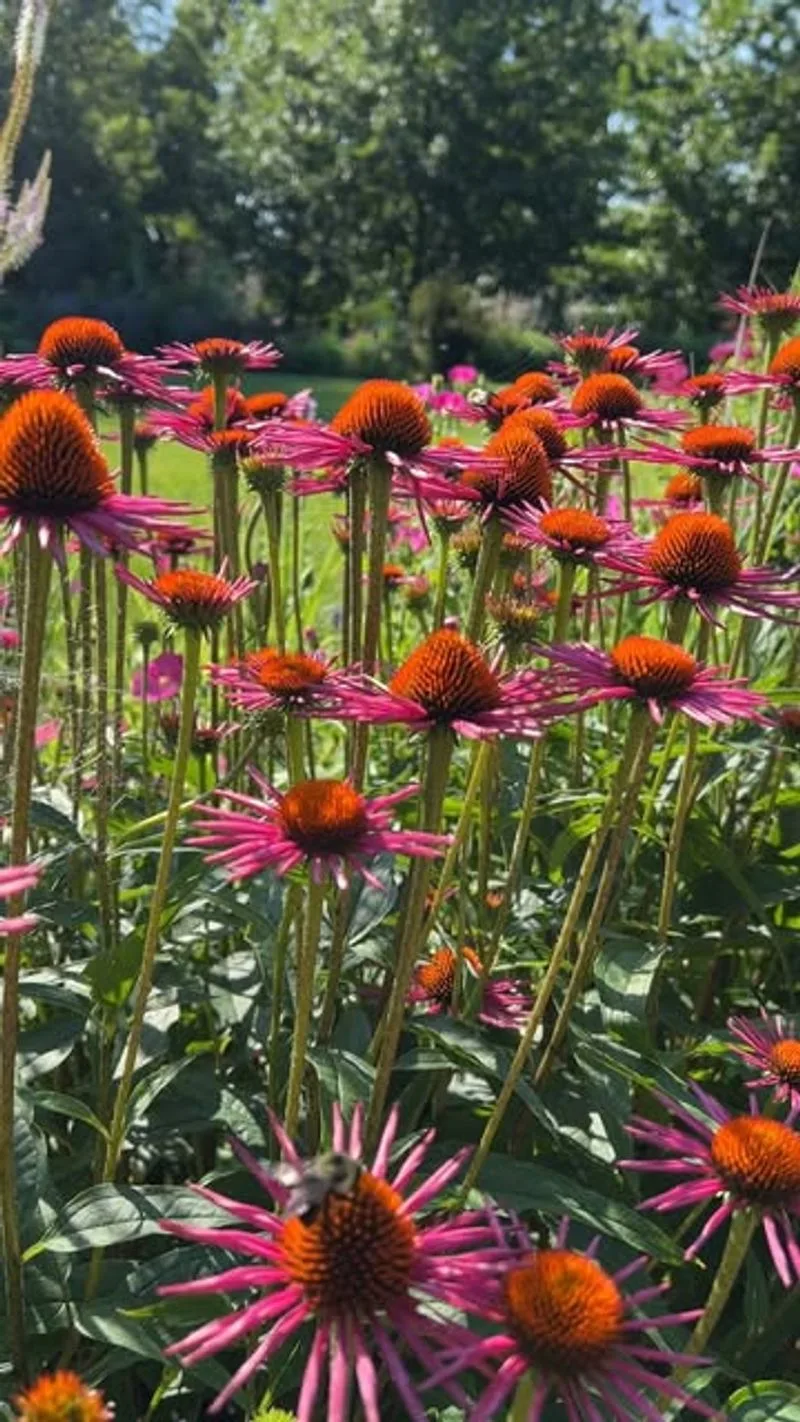
Coneflower, or Echinacea, is a tough perennial that tolerates drought, clay soil, and neglect with ease. Known for its daisy-like flowers with prominent centers, it attracts butterflies and bees, supporting local ecosystems. Coneflower is medicinally valued for boosting immunity, adding functional beauty to your garden. Its tall stems and bright colors make it an eye-catching addition to perennial beds. Whether in a prairie or a garden border, coneflower thrives, providing beauty and ecological benefits.
Russian Sage
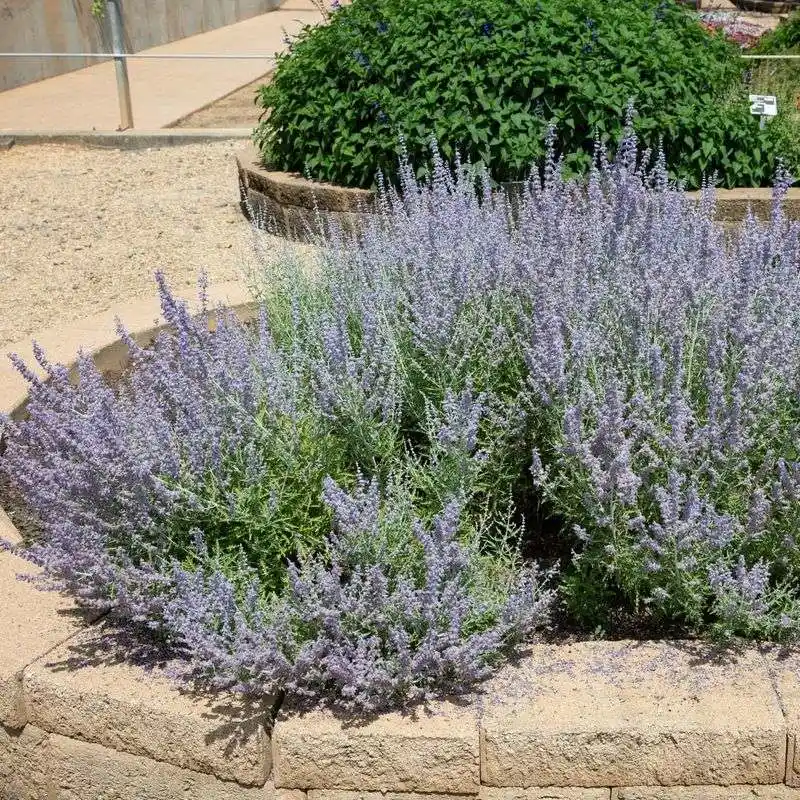
Russian Sage, with its airy lavender-blue flowers, withstands heat, drought, and pests while thriving in poor soil. This woody perennial brings texture and a silvery hue to gardens, often used in borders or as a ground cover. Its aromatic leaves are deer-resistant, making it a reliable choice in regions with wildlife. Russian Sage is perfect for adding color and structure to xeriscapes, providing a striking contrast to other perennials. It’s an enduring plant that offers visual appeal and resilience.
Lantana
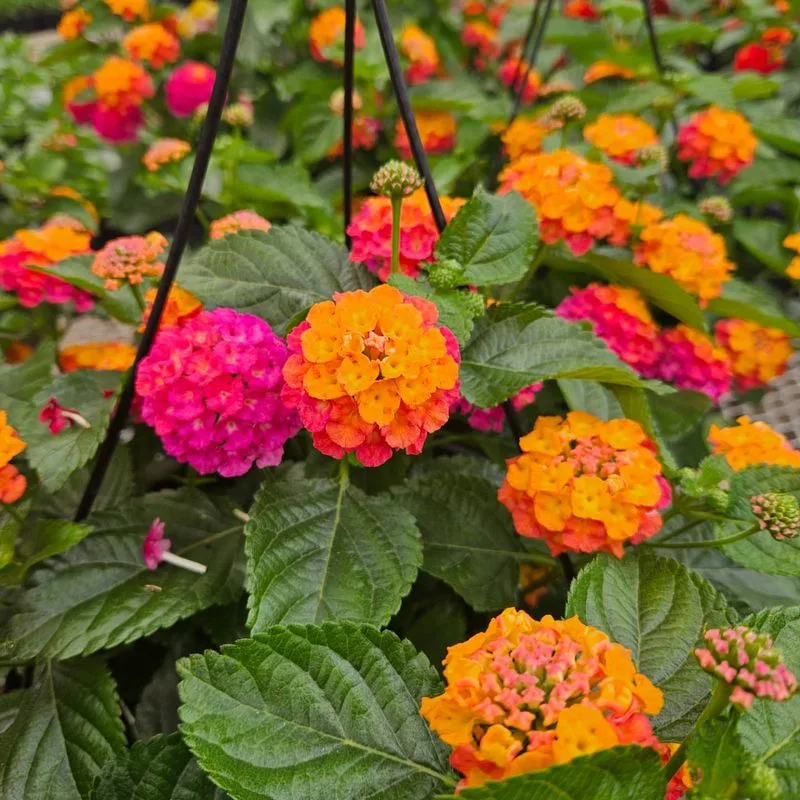
Lantana is a magnet for pollinators, loving heat, sun, and dry soil. Its clusters of vibrant flowers change hues as they age, providing a dynamic display throughout the season. Lantana thrives in challenging conditions, making it an excellent choice for sunny borders or containers. While it attracts butterflies and bees, its leaves are somewhat toxic, deterring deer and rabbits. Its colorful blooms and hardy nature make Lantana a popular choice for gardeners looking to add life and color to their landscape.
Black-Eyed Susan (Rudbeckia)
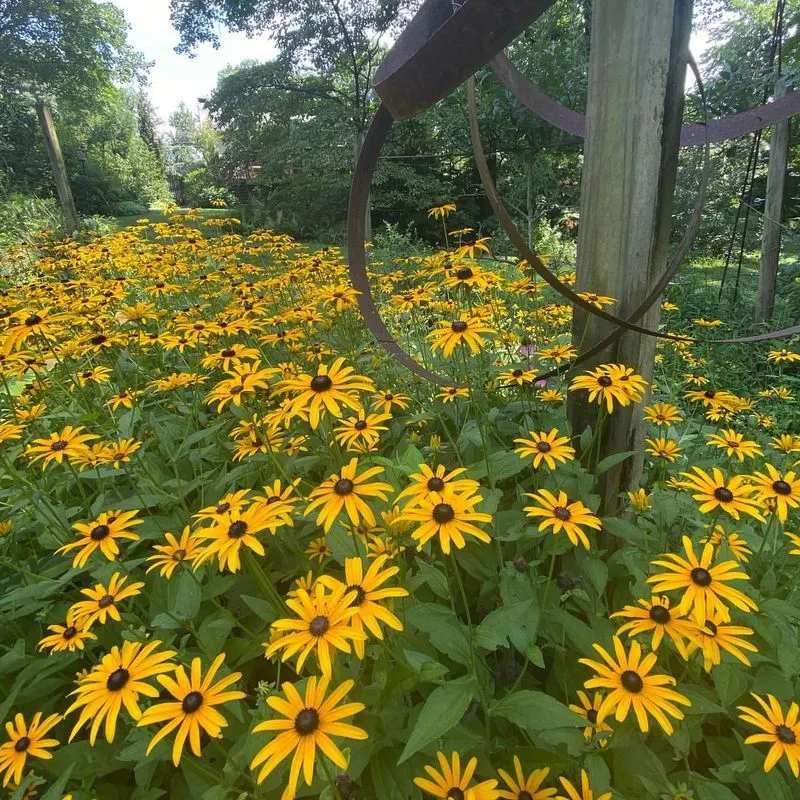
Black-Eyed Susan, or Rudbeckia, is renowned for its robust growth and easy spreading. These bright yellow flowers are a staple in many gardens, known for thriving in nearly any condition. Black-Eyed Susans offer a long-lasting display from summer to fall, attracting pollinators with their cheerful appearance. They are adaptable, making them suitable for a variety of garden settings, from prairies to formal borders. Their resilience and vibrant color make them an indispensable addition to any garden seeking a splash of yellow cheer.
Yarrow
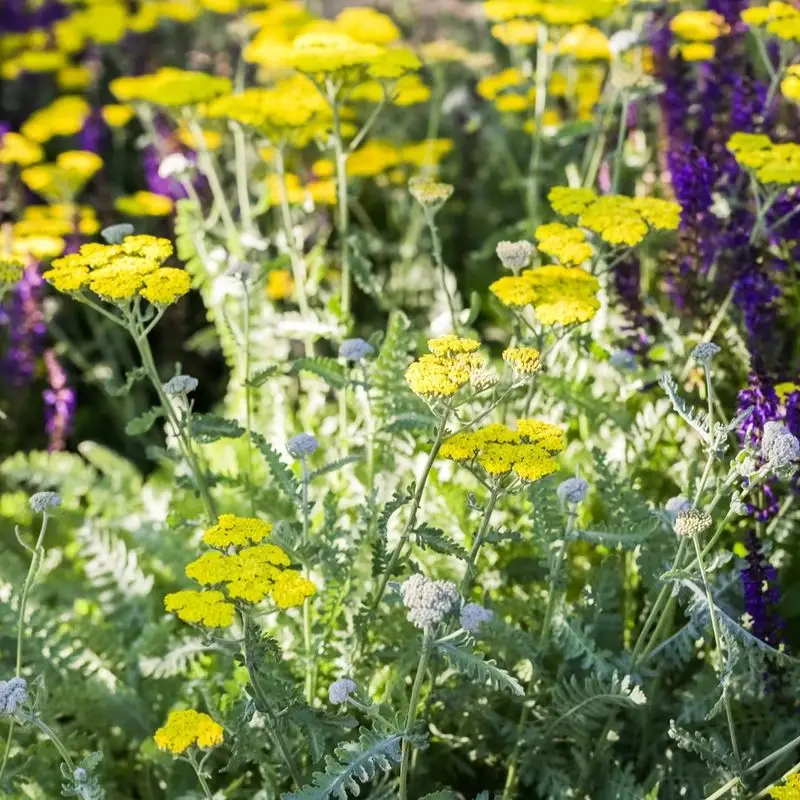
Yarrow is a drought-resistant warrior, almost unkillable once established. Its flat-topped clusters of flowers and feathery leaves bring a delicate beauty to gardens. Yarrow is often used in wildflower gardens and meadows, thriving in full sun and poor soil. It attracts beneficial insects, aiding in natural pest control. Yarrow’s resilience and variety of colors make it a versatile choice for both ornamental and ecological purposes. Its historical use in herbal medicine adds an intriguing dimension to its role in the garden.
Daylilies
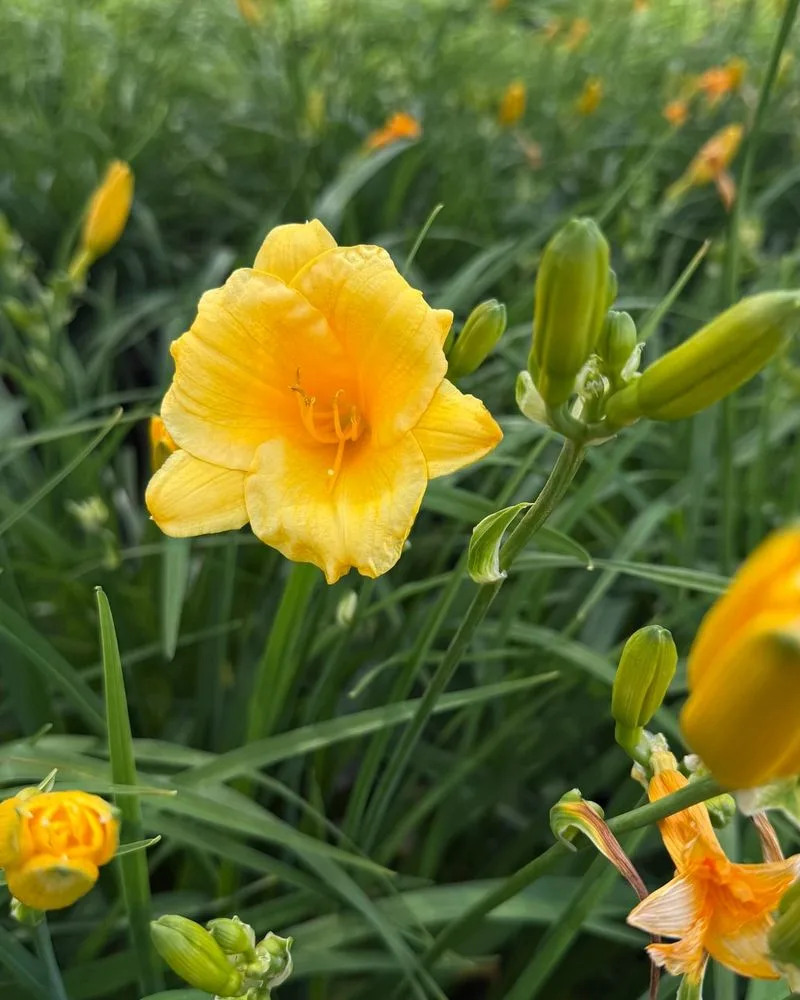
Daylilies handle extreme weather, multiply quickly, and offer a long blooming season. Their trumpet-shaped flowers come in a myriad of colors, delighting gardeners with their beauty and ease of care. Daylilies are perfect for filling large areas, providing vibrant color with minimal effort. They thrive in a variety of conditions, making them a versatile addition to any garden. Their rapid growth and stunning blooms make daylilies a go-to choice for gardeners seeking low-maintenance success.
Catmint (Nepeta)
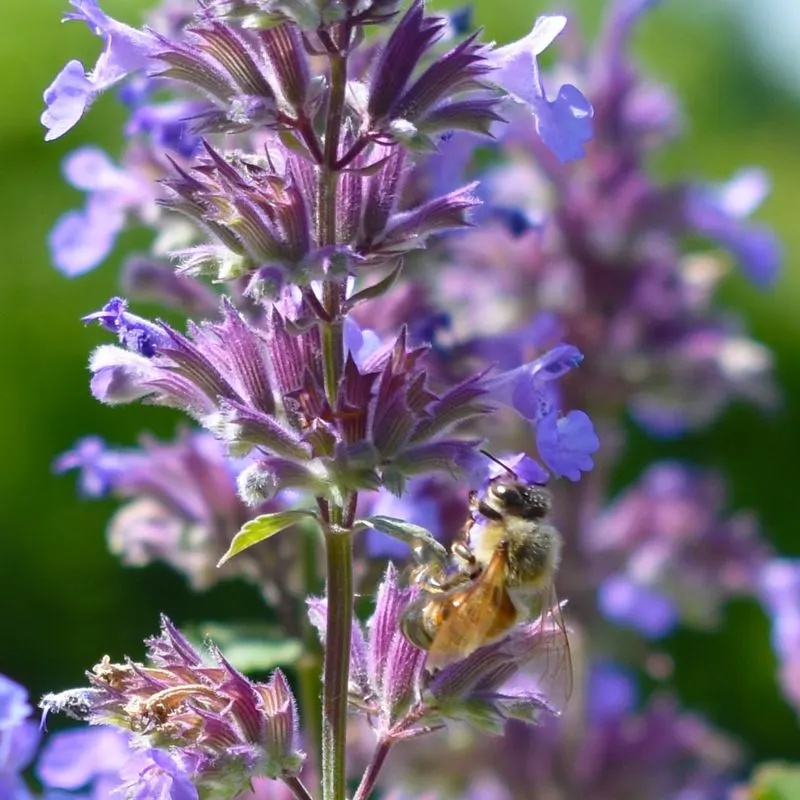
Catmint, or Nepeta, is a low-growing plant known for its fragrant, purple flowers and heat tolerance. It thrives in sunny locations, resistant to deer and pests. Catmint’s aromatic foliage makes it a favorite for borders and cottage gardens, adding a soft texture and color contrast. Its resilience and long blooming period make it a reliable choice for gardeners seeking beauty with minimal upkeep. Catmint is also a great companion plant, enhancing the growth of neighboring species.
Hosta (for shade gardens)
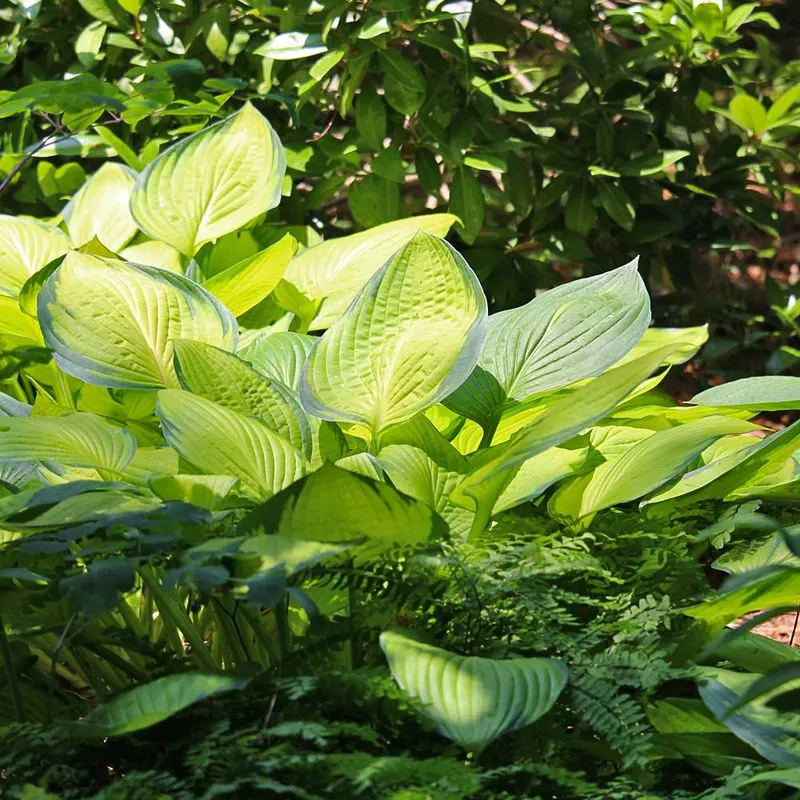
Hostas are champions of the shade, thriving in damp, shaded spots with little care. Their large, variegated leaves provide texture and color in areas where other plants struggle. Hostas are available in a myriad of sizes and hues, making them versatile choices for perennial gardens. They are hardy and reliable, offering beauty from spring to fall. Hostas are perfect for adding depth to shady borders, providing a lush, green backdrop in challenging garden areas. Their adaptability and ease of care make them a favorite among shade gardeners.

